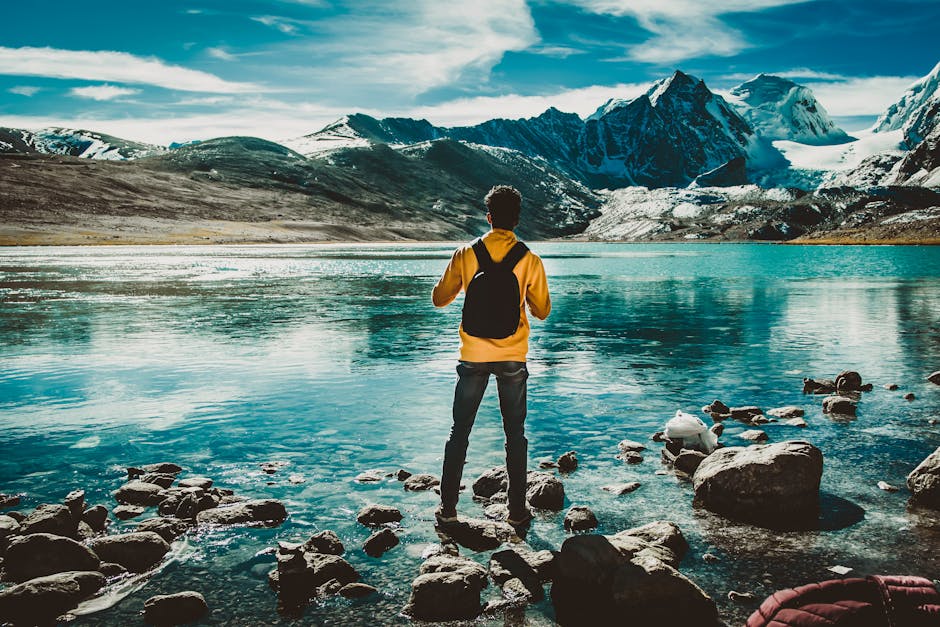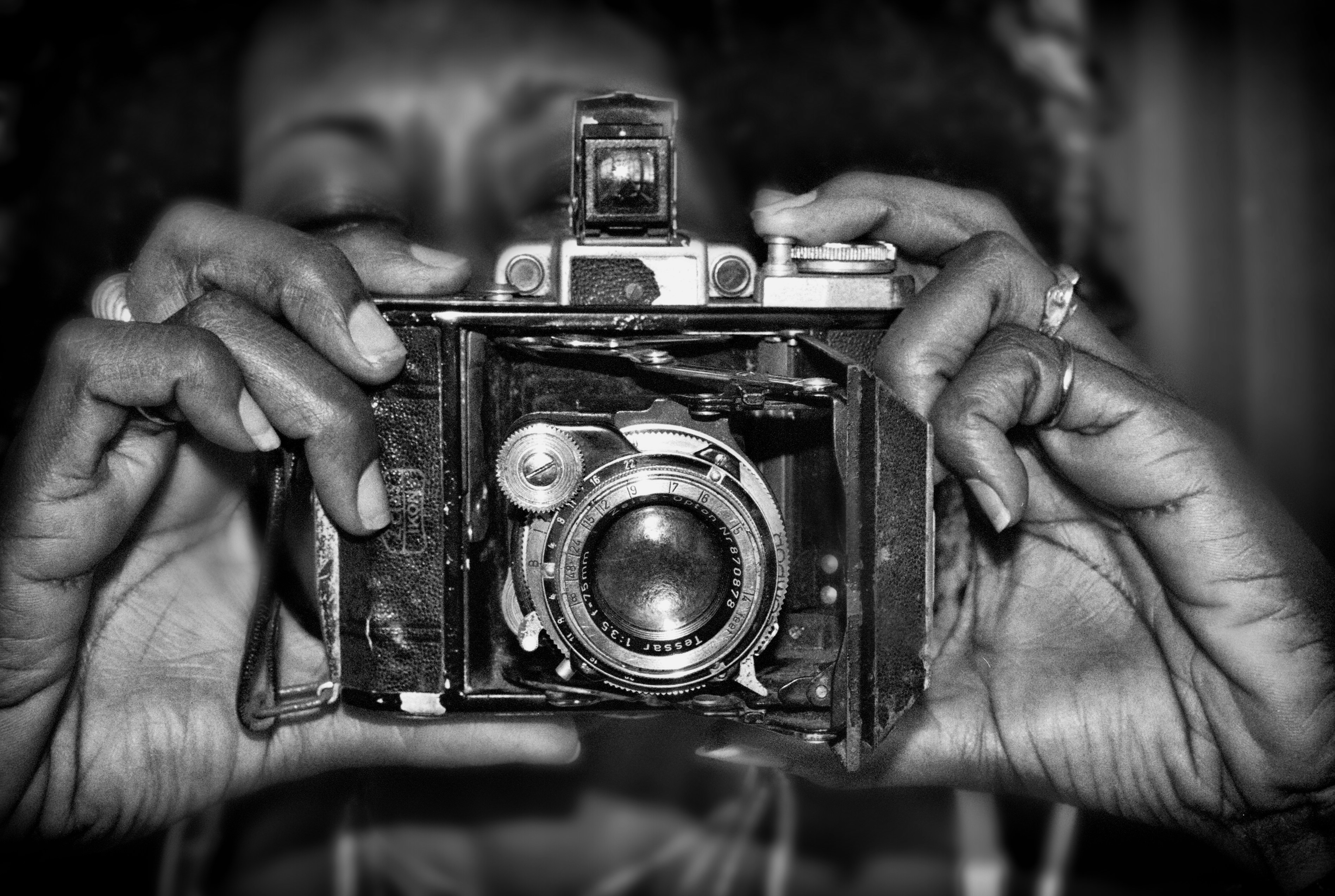How 360-Degree Photography Revolutionizes Storytelling Today
In the age of digital storytelling, embracing unconventional perspectives can turn static images into mesmerizing narratives. 360-degree photography is one such innovation that crafts compelling visual tales by immersing viewers in the environment. Imagine not just looking at a photograph but stepping into it, experiencing the entire scene as if you were there. This enthralling realm of photography transforms storytelling, enabling creators and businesses to engage audiences like never before.
The Power of Perspective: Why 360-Degree Photography Matters

360-degree photography pushes the envelope of traditional imaging, offering a bird's-eye view of environments. Unlike conventional photography, which captures a single framing of a subject, 360-degree photography presents a panoramic snapshot that envelops viewers in the surroundings. This immersive experience not only enhances visual storytelling but also evokes a powerful emotional response by incorporating the viewer's surroundings into the narrative.
Consider how a real estate listing showcases a new home. Instead of just static images, potential buyers can explore the layout in a dynamic fashion, gaining a sense of space and warmth. Such a method effectively conveys a lived experience, highlighting the essence of a place rather than just presenting it as a mere object.
Tech Talk: The Gear Behind 360-Degree Photography

Investing in the correct equipment can make a significant difference in your results when venturing into 360-degree photography. There are several popular models of 360-degree cameras available today, including the Insta360 ONE X2 and the Ricoh Theta Z1. These camera options each offer a unique blend of accessibility and quality, allowing users from beginners to professionals to dive into this expansive field.
The importance of choosing the right gear cannot be overstated. Your chosen camera determines the depth of creativity and quality you can achieve. For instance, the Insta360 ONE X2 provides exceptional stabilization features, which are particularly useful for dynamic environments. Alternatively, the Ricoh Theta Z1 is known for its excellent low-light performance, which can be beneficial for indoor settings.
If you're looking to enhance your photography skills further, check out this guide on mastering natural light. Understanding how to manipulate light can take your 360-degree images to .new heights, regardless of your chosen camera.
Crafting the Narrative: Storytelling through 360-Degree Photography

Incorporating 360-degree photography into your storytelling toolkit unlocks a myriad of possibilities for visual narratives. This innovative medium allows photographers to recreate entire scenes, ingeniously capturing movement, sound, and emotion that traditional photography often overlooks.
For instance, imagine a storm rolling in over a coastal town. A single photograph may capture the moment beautifully, but what if you could rotate 360 degrees to reveal the raindrops falling on one side while sunlight breaks through on the other? Such a dynamic visualization tells a story far beyond a single frame—it's an experience, a moment in motion that resonates deeply with the viewer.
If enhancing emotional depth in your photographs is your aim, consider reading about the art of emotion in portrait photography. Techniques explored there can further cultivate the storytelling quality of your visual narratives, emphasizing emotions rooted in color, movement, and context.
Embracing the Unexpected: The Role of Creativity in 360-Degree Photography

Creativity knows no bounds in 360-degree photography. By pushing traditional boundaries and embracing uncharted territories, photographers can experiment with surroundings, angles, and themes to create unique visuals. Rather than adhering strictly to the subject, envision your photo as a panoramic stage where the viewer is the main character.
Think outside the box: try shooting at unusual angles, utilize props, or even integrate movement for compelling effects. This creativity could lead you to unexpected revelations about your subjects and surroundings, resulting in photographs that reflect artistry rather than mere documentation.
Collaborating with other creative minds can also enhance your experience. Sharing ideas, techniques, and feedback can elevate your photographs while fostering a culture of innovation. This will help expand your narrative and storytelling potential in photography.
Bridging the Digital Divide: Virtual Reality and 360-Degree Photography

The fusion of 360-degree photography and virtual reality (VR) offers a captivating experience that places viewers in the driver's seat of their visual journey. Applying VR technology allows audiences to virtually immerse themselves in environments wherever they are. This synergy creates groundbreaking opportunities for diverse fields, from real estate showcasing to enhancing educational experiences.
Imagine students donning VR headsets to explore a historic site or an aspiring traveler using it to navigate the bustling streets of Tokyo—all through 360-degree photos. Such dynamic engagement fosters understanding and connection that traditional media often lacks.
Discussing advantages such as improved academic participation and engagement, Harvard Business Review highlights the effectiveness of VR in education settings. This emerging capability revolutionizes not just how we share stories but also how we experience them.
Getting Started with Your 360-Degree Photography Journey

If you’re ready to jump into the world of 360-degree photography, here are some actionable steps to guide you on your journey:
-
Choose the Right Gear: As discussed earlier, selecting the correct camera is essential. Explore options according to your specific needs—will you prioritize portability, low-light sensitivity, or high definition?
-
Learn the Basics: Understand fundamental camera settings, including exposure, aperture, and ISO, relevant to 360-degree photography. Familiarize yourself with editing software to ensure you can manipulate your images post-capture effectively.
-
Experiment with Angles: Begin shooting everyday scenes around you. Cannibalize traditional photography thinking and embrace unusual perspectives and angles—don't hesitate to go low or reach high.
-
Create Engaging Narratives: Identify the story you want to convey within each image or video. Use your surroundings, emotional context, and creative flair to render compelling narratives that resonate with viewers.
-
Engage with Fellow Photographers: Join online photography communities that focus on 360-degree photography. Share your work to gather feedback and discover undiscovered insights.
-
Stay Updated on Trends: Keep an eye on innovations in photography. Technology continues to evolve rapidly, so being receptive to emerging trends will enhance your photography practice.
If you would like to gain insights on uplifting your photography, explore this color theory guide to deepen narrative effectiveness further.
Final Thoughts: The Future Awaits in 360-Degree Photography
The world of 360-degree photography unfolds limitless possibilities for how we engage audiences with captivating narratives and stories. By harnessing its unique capacity to immerse viewers, photographers can create powerful emotional connections that traditional imagery often fails to achieve.
As technology evolves and expands, embracing these unconventional perspectives will not only set your work apart but also enhance its storytelling impact. Lean into experimentation and share your journey with fellow creatives. Together we can push the boundaries of visual storytelling and redefine how narratives resonate with audiences around the globe.



